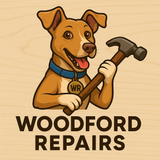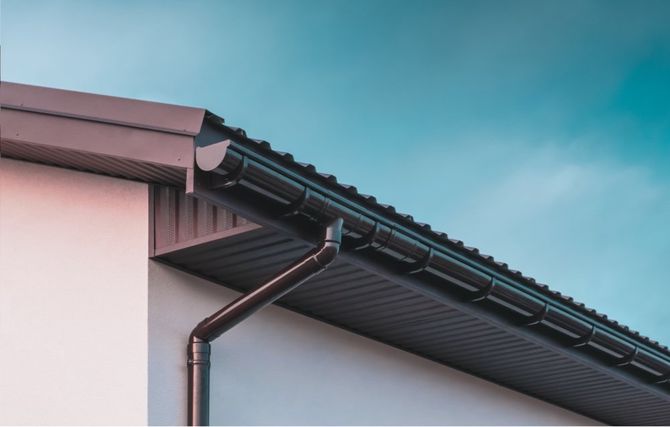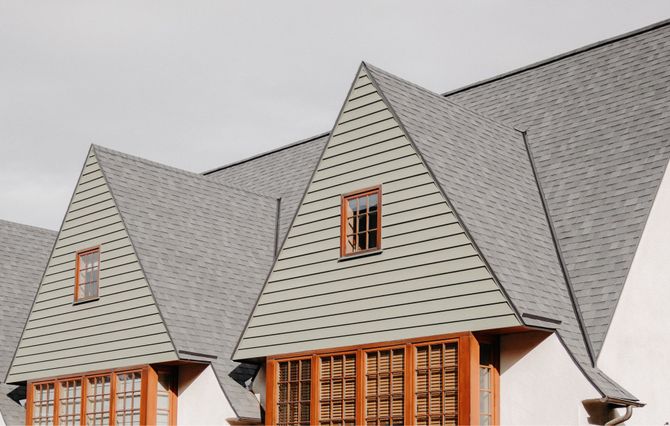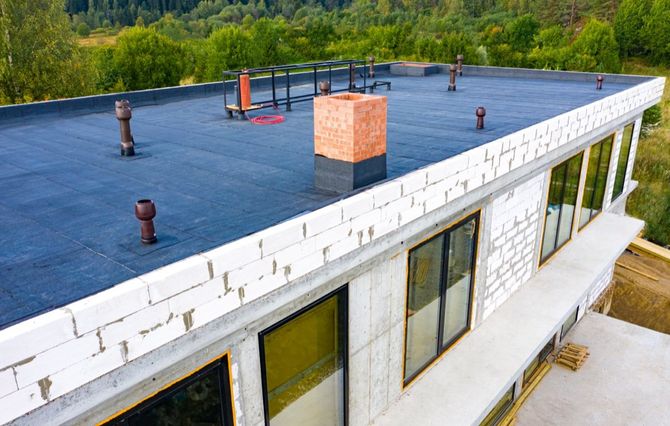Our Sevices
Repair Work.
Your roof is your home’s first line of defense against the elements. Over time, weather, age, and wear and tear can cause damage—some visible, some hidden. Ignoring even minor issues like loose shingles, small leaks, or water stains can lead to much bigger and more expensive problems down the road, including structural damage, mold growth, and reduced energy efficiency.
Regular roof inspections and timely repairs not only protect your property but also extend the lifespan of your roof, improve your home's value, and provide peace of mind. Whether it's a patch job or a full restoration, addressing roofing problems early saves you money and safeguards your investment.
Don’t wait until a small issue becomes a costly crisis. Take care of your roof—because it takes care of you.
Gutters.
Gutters might seem like a small part of your home, but they play a big role in protecting it. When working properly, gutters direct rainwater away from your roof, walls, and foundation—helping prevent costly water damage, erosion, basement flooding, and mold growth.
Clogged, leaking, or damaged gutters can lead to serious structural problems over time. Water overflow can rot wood fascia boards, weaken the foundation, and even damage landscaping. Regular maintenance and timely gutter repairs keep your drainage system working efficiently and your property safe.
Don’t let a simple fix turn into an expensive repair. Maintaining your gutters protects your home’s integrity—and your wallet.
Shingle Roofing.
Here are some common shingle roof issues to watch for:
- Curling or Buckling Shingles – Often caused by moisture or poor ventilation, these can allow water to seep underneath.
- Missing or Broken Shingles – High winds or age can tear shingles away, leaving your roof exposed.
- Granule Loss – If you notice bald spots on shingles or granules in your gutters, it’s a sign of advanced wear.
- Leaks or Water Stains – Water spots on ceilings or walls may mean shingles are no longer keeping out moisture.
- Moss or Algae Growth – These can trap moisture, leading to faster deterioration of your shingles.
- Sagging Rooflines – A sagging area may indicate water damage or structural problems under the shingles.
Routine visual inspections—especially after storms—can help catch these problems early.
Protect your home from costly repairs by knowing what to look for—and acting fast when something doesn’t seem right.
Flat Roofs.
Common Flat Roof Issues:
- Ponding Water – Standing water that doesn’t drain within 48 hours can lead to leaks, membrane damage, and structural stress.
- Cracks or Blisters – Exposure to heat and UV rays can cause roofing materials to blister, crack, or split, especially in aging roofs.
- Membrane Lifting or Shrinkage – If the roofing membrane pulls away from edges or seams, water can seep underneath.
- Clogged Drains – Blocked drainage systems can cause overflow and water pooling, increasing the risk of interior leaks.
- Visible Leaks or Stains – Water spots on ceilings or walls inside the building often indicate a roof issue above.
- Moss or Plant Growth – Indicates standing water or damp areas, which can deteriorate the roof surface.
Flat roofs need proactive care to stay watertight and durable. Regular inspections and timely repairs can extend the life of your roof and save you from expensive structural damage.




